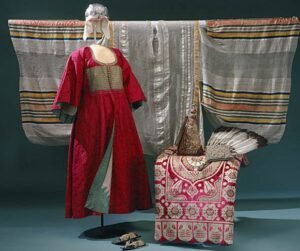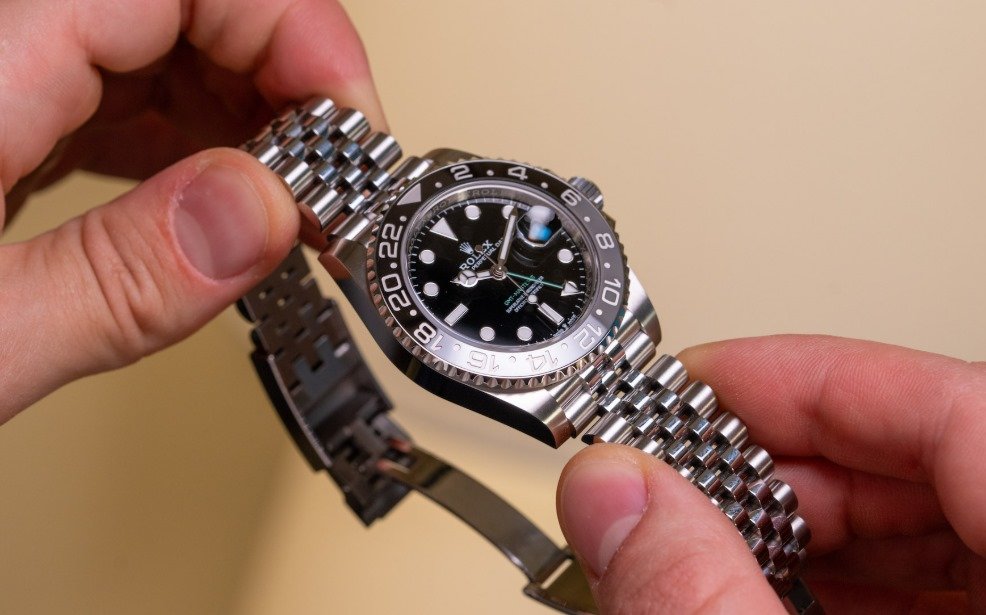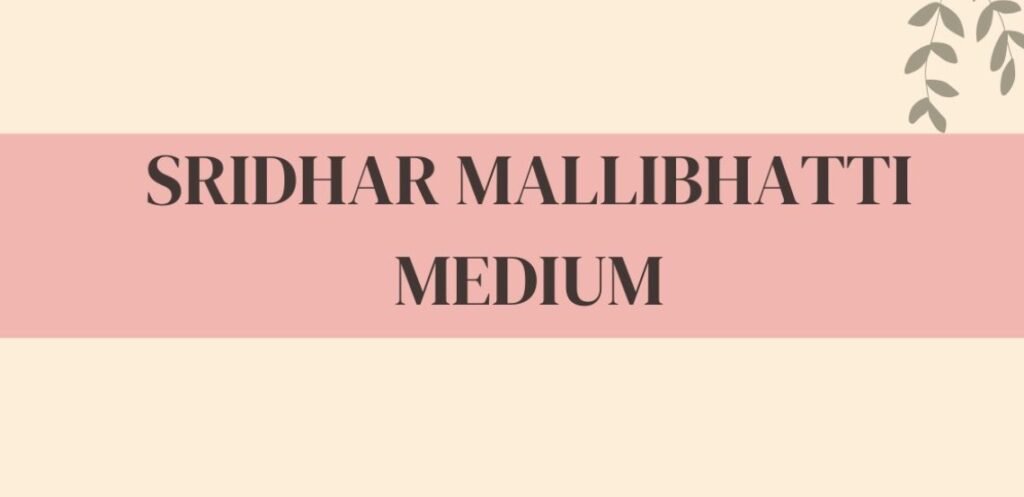
The caftan—a flowing, robe-like garment—has stood the test of time, transcending centuries, cultures, and fashion eras. Whether you spell it “caftan” or “kaftan,” this iconic piece has evolved from traditional attire into a modern fashion staple. From Moroccan souks to red carpet events, the caftan continues to captivate designers and fashion lovers alike.
In this article, we explore the rich history, cultural significance, and modern-day versatility of the caftan. Whether you’re looking to add elegance to your wardrobe or boost your fashion blog’s SEO, understanding the allure of the caftan is essential.
What is a Caftan?
A caftan is a long, loose-fitting garment with wide sleeves, traditionally worn in the Middle East, North Africa, and parts of Asia. Made from light fabrics like silk, cotton, or chiffon, caftans are often decorated with embroidery, beads, or prints. Today, the caftan is celebrated globally for its effortless elegance and comfort.
While originally used for both ceremonial and casual wear, modern caftans have become synonymous with boho-chic style, vacation resort wear, and even formal evening attire.
The History of the Caftan: A Global Influence
The caftan has roots that date back thousands of years, with variations found in Ottoman, Persian, and North African cultures. In the Ottoman Empire, caftans symbolized royalty and were made from luxurious fabrics adorned with intricate gold thread. Moroccan caftans, often worn during weddings and special occasions, are another beautiful example of the garment’s cultural legacy.
Over time, the caftan made its way into Western fashion, gaining global popularity in the 1960s and 70s thanks to designers like Yves Saint Laurent and Elizabeth Taylor’s love for the look.
Why the Caftan is Still in Style Today
The caftan continues to be popular in 2025 for several compelling reasons:
-
Comfort Meets Glamour: The loose fit makes it perfect for warm weather, lounging at home, or dressing up with heels and accessories.
-
Versatility: Caftans can be worn as casual beach cover-ups or sophisticated evening wear.
-
Inclusive Fashion: Its forgiving silhouette makes it ideal for all body types and ages.
-
Sustainability: With the rise of slow fashion, many caftans are now handmade from sustainable materials.
Fashion influencers and celebrities continue to embrace the caftan, showcasing its adaptability to modern style trends.
Types of Caftans You Should Know
-
Moroccan Caftan: Often elaborate and worn at weddings and formal events.
-
Beach Caftan: Light and breathable, perfect for vacations or poolside lounging.
-
Bohemian Caftan: Featuring earthy prints and flowy designs.
-
Luxury Caftan: Embellished with beads or embroidery, suitable for red carpet or gala appearances.
Each type serves a unique purpose, and fashion brands are constantly reimagining the caftan with contemporary cuts, materials, and patterns.
Styling a Caftan: Tips for Every Occasion
If you’re wondering how to wear a caftan, here are some style tips:
-
Casual Look: Pair a simple cotton caftan with sandals and a straw bag.
-
Evening Look: Choose a silk or embellished caftan and add statement earrings or heels.
-
Work-From-Home Outfit: A minimalist caftan gives you comfort and style in one.
-
Layered Winter Look: Wear a caftan over jeans or leggings with boots and a belt.
Accessorizing is key. Belting the waist or adding jewelry can instantly elevate your caftan outfit.
Learn More About the Caftan’s Cultural Importance
To explore the deep cultural and historical roots of the caftan, check out this detailed Wikipedia article.
Understanding its origins helps you appreciate its significance—not just as a fashion item, but as a symbol of identity, tradition, and artistry around the world.
Caftans in Today’s Fashion Industry
Many designers are incorporating caftans into their collections, from high-end fashion houses to sustainable brands. Caftans are also a staple in modest fashion, offering full coverage while remaining elegant.
Global fashion retailers like Zara, H&M, and Net-a-Porter regularly feature caftans in their seasonal collections, especially during spring and summer. Meanwhile, independent designers and artisans are crafting one-of-a-kind caftans for customers who value handmade, ethical fashion.
Why the Caftan is Perfect for E-commerce
If you’re in the fashion retail business, the caftan is a great product category to focus on:
-
High Demand in Multiple Markets: Popular in the Middle East, Africa, Asia, and now in the West.
-
Perfect for Digital Visual Merchandising: Caftans photograph beautifully, enhancing online sales.
-
Easy Sizing: The loose fit simplifies inventory and returns management.
-
Seasonless Appeal: Can be sold year-round with variations in fabric and design.
Final Thoughts: The Future of the Caftan
The caftan is more than just a trend—it’s a timeless, adaptive garment that reflects elegance, culture, and individuality. Whether you’re a fashion enthusiast or an online retailer, embracing the caftan can be a smart, stylish choice.
As fashion continues to merge comfort with sustainability and heritage, the caftan stands strong as a garment that bridges the past with the future.

